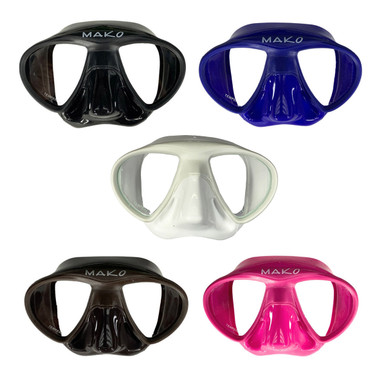JMTX467
Registered
I have found that low volume masks tend to work better for me for whatever reason. I get a better seal and I find that my eyes just prefer them. Any suggestions on low-volume masks that are preferred by end users?
Thanks,
Josh
Thanks,
Josh




